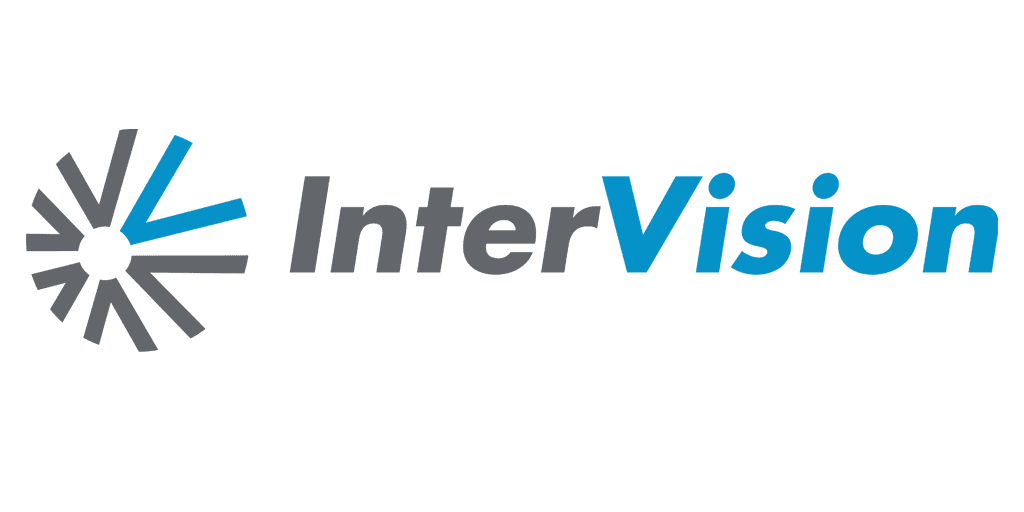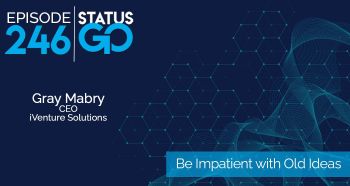Thriving in a Higher Education Landscape of Change: New Applications for Artificial Intelligence and Machine Learning
By Chris Cruz | April 2, 2020
Due to demographic shifts and a declining birth rate, in 2026 the four-year-college student population is predicted to start shrinking by more than a quarter of a million a year, according to Carleton College economist Nathan Grawe. But even as the potential learner pool is decreasing, universities are struggling to stop the flood of fraudulent applications that threaten to overwhelm admissions systems. In order to survive in this turbulent marketplace, universities will need to get smarter about filtering out fake applications and understanding who their ideal prospective student is – and how to find, recruit, and retain them. That’s where artificial intelligence (AI) and machine learning (ML) can help, allowing institutions to reduce fraud, target markets, and engage with prospects, students, and alumni at a level of specificity that heretofore did not exist. Machine learning and managed AI can also help analyze trends, numbers, and patterns in order to develop solutions for forecasting, based on longitudinal data, and for recommending student interventions on a personalized level. This is precisely what’s needed to develop and improve strategies for recruitment and retention in an increasingly competitive, shrinking market. Here are two real-world examples of how higher education institutions are utilizing AI and ML to improve operations and student outcomes.
-
Finding Solutions for Admissions Fraud
Although recruitment and retention are often the biggest motivators for colleges and universities to start using ML and AI, institutions have found novel ways to leverage data modelling to save money and create efficiencies. In a recent webinar cohosted with Amazon Web Services (AWS), for example, we do a deep dive into how InterVision helped a major university system drastically reduce the number of fraudulent student applications which were inundating their admissions office. Comprised of 75 individual colleges and enrolling more than four million students a year, the university system had become a target for hackers seeking a “.edu” email account for tax benefits and inside access to databases, libraries, and student information. Spending time weeding out fake applications had become a major drain on institutional resources, and dealing with the falsified data interfered with the efficiency of the admissions process, damaging the experience for prospective students.
Using AWS infrastructure, our team created a solution: A machine learning tool that both detected fraudulent behavior and learned as it went. The R&D phase involved creating a model and then testing and re-testing the algorithms – with a human expert as a backup to ensure accuracy. Successful out of the gate, the tool was put to the test when hacker behavior began to change in response to more of their applications getting rejected. Because of its ability to learn and adjust on-the-fly, the ML tool kept up with change – and kept predicting correctly. By the end of the project, 95% of fraudulent applications were automatically being flagged – and this percentage will go up even more as the tool continues to learn.
-
Detecting Risk and Improving Retention
The technology that helps keep fake students out of school also can be adapted to keep at-risk students in the classroom. Student retention is a huge issue in higher ed, wasting valuable tuition dollars and lowering graduation rates. Using AI/ML models, institutions can predict which students will be at-risk, and which interventions work the best to help them. Would a certain student benefit from a meeting with their advisor? Which students need a remedial math class? Knowing the who, what, why, where, and when of student performance issues allows colleges and universities to make informed, timely interventions tailored to a highly individualized level. The data also informs counselors and career advisors, better equipping them to advise their students on both a course of study and a career path.
Combining Technology and People Power
Experience has shown that success with machine learning is not just about the technology alone. In order for AI/ML to be fully maximized, institutions need leadership buy-in, as well as the sharing of information and data between disparate business units and departments. Whether it’s building an internal team to lead data strategies across the institution, or partnering with outside experts, colleges and universities need the right people with the right expertise – people who know which higher ed problems to apply AI/ML to, and which questions to ask. When AI/ML technology is powered with expertise, institutions will be well positioned to stay agile and respond to whatever the marketplace puts in their way.
Want to learn more best practices for AI/ML in higher ed? Ready to hear about practical use cases that universities are using AI/ML to solve today? Watch our webinar to learn more.
Knowledge is power
Our experts have compiled research and recommendations to help you better understand threats, protection, and solutions.












